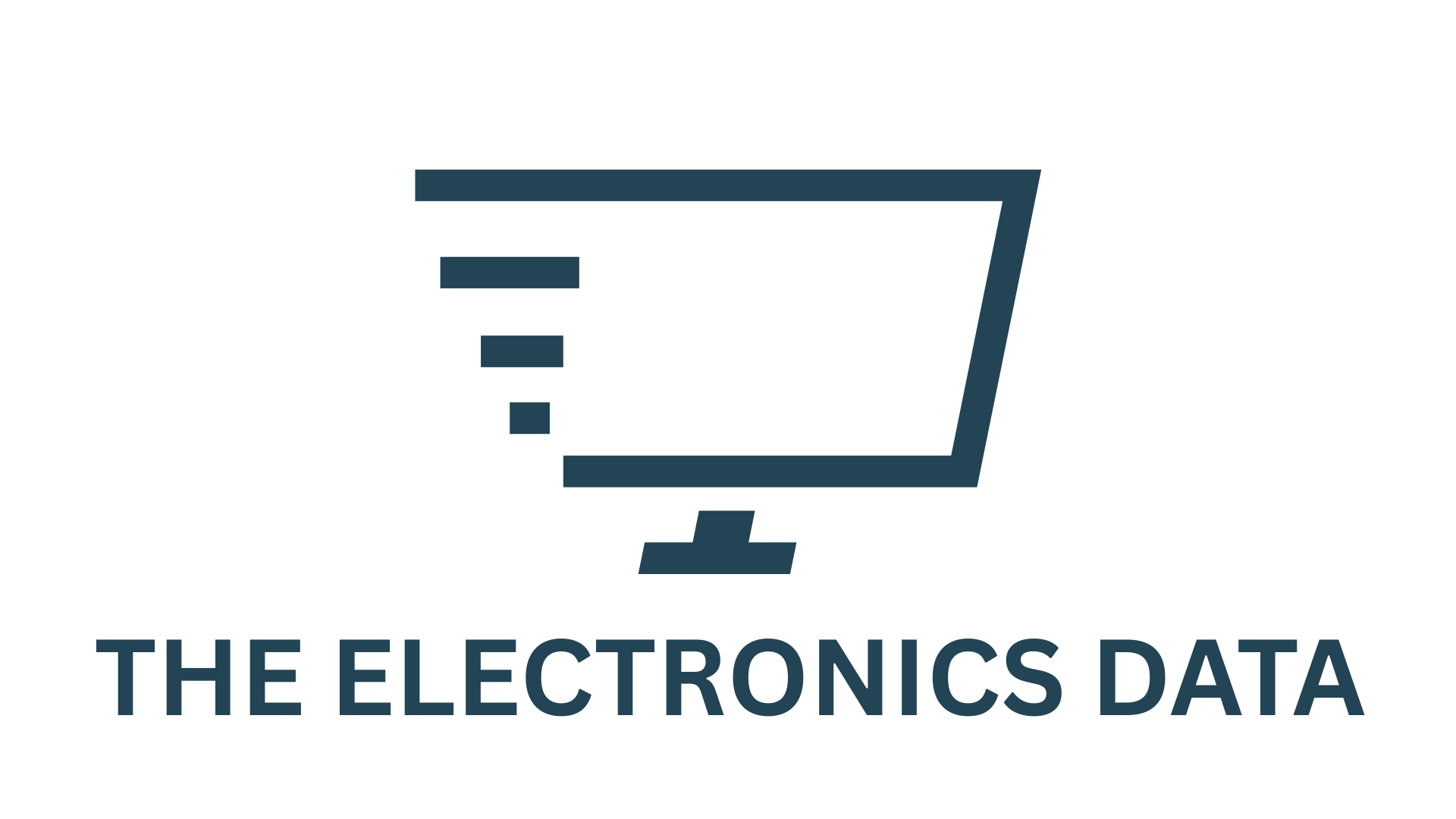Explosive Growth Ahead: Thermal Management Systems & Materials in Advanced Semiconductor Packaging (2026–2036)
The global market for thermal management systems and materials in advanced semiconductor packaging is undergoing rapid expansion, driven by the increasing power densities of modern chips and the transition from conventional 2D designs to advanced 2.5D and 3D integration technologies. As the semiconductor industry embraces higher-performance architectures, efficient thermal management has become a critical enabler for high-performance computing (HPC), artificial intelligence (AI), electric vehicles (EVs), and next-generation consumer electronics.
This market includes a broad spectrum of technologies and materials—ranging from thermal interface materials (TIMs) and heat spreaders to sophisticated liquid cooling systems, microfluidics, and emerging solutions such as graphene-based materials and carbon nanotubes. These innovations are becoming essential as traditional air-cooling methods struggle to keep up with increasing thermal design power (TDP) requirements.
Market Growth & Future Outlook
Forecasts suggest the market will see exponential growth through 2036, largely driven by the demand for premium thermal management solutions. These advanced materials and systems often come at a higher price point but offer dramatically improved performance, resulting in a market where value growth outpaces volume growth.
Thermal interface materials currently dominate the landscape. Traditional thermal greases are being replaced by high-performance alternatives like liquid metals, diamond-infused composites, and graphene-enhanced materials, offering thermal conductivity improvements by factors of 10 to 100. As chip sizes grow and power densities exceed 1000W, these materials are no longer optional—they are mandatory for maintaining system reliability and performance.
Liquid cooling systems are poised to be the fastest-growing segment, particularly in applications where air cooling is no longer sufficient. Direct-to-chip liquid cooling remains the market leader, while emerging technologies such as immersion and microfluidic cooling are capturing increasing attention for their potential in ultra-high-performance and densely packed systems.
Key Application Segments
- Data Centers & HPC: These remain the primary drivers for advanced thermal management due to their unrelenting power demands.
- Automotive Electronics: With the rise of EVs, the need for efficient thermal control in power electronics, battery systems, and onboard computing has surged.
- Consumer Electronics: Continued miniaturization and increased processing power drive steady growth in demand for better cooling solutions.
This expansion opens the door for both established players and startups to capture new market share. As technologies mature and manufacturing scales, market consolidation is likely.
Technology Trends & Innovation
The shift toward advanced packaging—from traditional 2D to 2.5D and 3D architectures—is significantly impacting thermal design. 3D integration, in particular, increases the need for vertical power delivery and thermal dissipation, introducing new challenges in heat removal and interface design. This has spurred innovation in both materials and system-level thermal architectures.
Breakthrough technologies include:
- Carbon nanotube and graphene-based TIMs
- Metamaterial heat spreaders
- Bio-inspired cooling systems
- AI-driven thermal management algorithms
Additionally, hybrid systems combining air and liquid cooling—sometimes incorporating thermoelectric or heat recovery elements—are becoming more common in high-end deployments.
Comprehensive Market Analysis: 2026–2036
The Global Market for Thermal Management Systems and Materials for Advanced Semiconductor Packaging 2026–2036 report delivers detailed insight into this dynamic market. It includes forecasts segmented by TIM types, liquid cooling systems, and advanced thermal materials, covering geographical trends, technology evolution, and adoption curves.
Key topics covered include:
- Transition from 2D to 3D packaging and associated thermal demands
- Thermal interface material strategies for TIM1 and TIM1.5 applications
- Comparison of cooling technologies for HPC, GPUs, and automotive electronics
- Integration of advanced power delivery networks with dynamic thermal controls
- Simulation and modeling techniques using AI and multi-physics tools
The report further profiles 48 leading companies across the ecosystem—ranging from giants like 3M and Henkel to emerging innovators such as JetCool Technologies, Iceotope, and Arieca. It provides strategic insights into their technologies, market strategies, and positioning.
Strategic Considerations for Industry Players
Companies involved in semiconductor packaging, data center infrastructure, automotive systems, and thermal solution manufacturing must consider:
- Evolving TIM requirements as die sizes and TDPs increase
- Liquid cooling integration at both system and chip levels
- Material selection aligned with 3D and heterogeneous integration demands
- Reliability and redundancy planning for mission-critical systems
Advanced thermal management is no longer an afterthought—it is central to enabling the next era of electronics. With AI, HPC, and electrification trends showing no signs of slowing down, the demand for innovative, efficient, and scalable thermal solutions will only intensify.
As a result, this market stands as a vital and lucrative domain within the broader semiconductor ecosystem, promising strong returns for players who invest early and innovate strategically.
